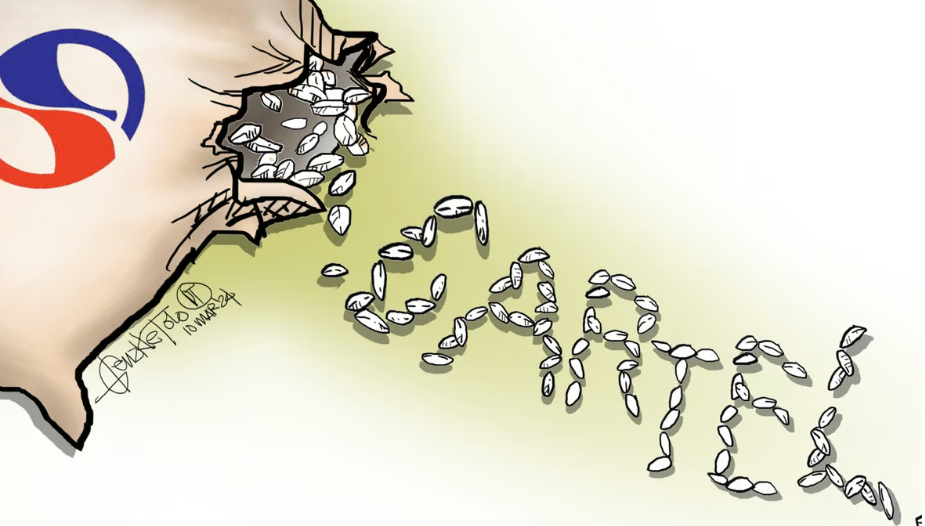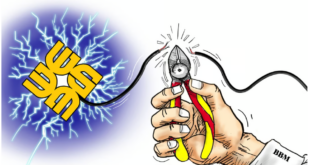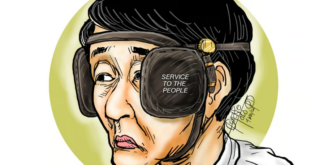The cartel’s roots dug deep into the market through the years that the NFA had a monopoly on rice importation.

There is something odd about the National Food Authority’s low buffer stock and its recent fire sale of old rice inventories at the dumbfounding price of P25 per kilo.
Both situations were designed to make the agency’s failure glaring enough to warrant a review or even the removal of the Rice Tariffication Law or RTL.
House probers and the Department of Agriculture uncovered a collusion between the agency and big rice traders to manipulate the NFA and make the agency fail in its current mandate and thus justify the repeal of the Rice Tariffication Law that has been a serious thorn in the side of the grains cartel.
Through the NFA, which it controls, the syndicate of big traders had a secure hold on the market as it influenced the importation and sale of low-cost rice.
The cartel’s roots dug deep into the market through the years that the NFA had a monopoly on rice importation.
The RTL’s indirect aim was to break the cartel by restricting the NFA’s ability to build up buffer stocks bought from local farmers while deregulating importation.
The law’s main aim to push down rice prices was strangely not achieved despite bumper harvests and the country’s status as the world’s biggest rice importer.
Thus, the question is, where did the rice go?
Rice prices even spiked after India, to control inflation, suspended in July last year its exports of Basmati rice, a variety that does not have a huge local demand. This indicated that the domestic prices were then being manipulated.
When President Ferdinand Marcos Jr. imposed a temporary price cap on the staple, the market vastly improved as it flushed out hoarded rice. Prices were on a downtrend until the supply again constricted.
Pseudo farmers groups, which are pawns of the cartel, are now demanding either reducing the tariff to 10 percent, which would defeat the RTL’s goal and thus make it fail, or abolishing the law and returning to the NFA its authority to import.
The recent NFA anomaly in which rice was sold at a loss to traders was part of the stage-managed situation highlighting the failure of open rice trading.
Corrupting the NFA was a cakewalk for the cartel because its network is deeply ingrained in the agency.
In a 2022 report, the Commission on Audit said the NFA failed to build up sufficient rice reserves despite receiving a P7-billion government subsidy.
“NFA did not meet the optimum level of national rice buffer stocking requirement of 300,000 metric tons or MT at any given time,” the CoA said.
The report added that the NFA failed to comply with the implementing rules and regulations of Republic Act 11203 or the Rice Tariffication Law.
“The optimum level of rice buffer stocks to be maintained by the NFA… was fixed at 300,000 metric tons MT or equivalent to nine days of nationwide consumption,” CoA added.
Citing the NFA’s annual report for 2022, the agency’s rice inventory ranged from 111,042 MT to 182,612 MT, for an average of 140,354 MT, equivalent to 4.18 days’ demand, CoA said.
CoA found strange NFA’s reluctance to use the subsidy to build up its stock as only P5.75 billion was used to procure 302,651 MT of palay, or 63.05 percent of the target.
NFA’s alibi was that it failed to meet palay procurement targets due to the effects of typhoons, which dampened rice production.
Farmers, according to CoA, do not have a broad awareness of the NFA mandate to buy palay.
“The relatively low absorption rate of the NFA on local palay procurement is an indication that farmers are not aware of the NFA’s palay procurement activities and program,” according to the audit report.
One thing is so obvious — the mafia’s goal is for the NFA to reclaim the monopoly on importation.
*****
Credit belongs to: tribune.net.ph
 Atin Ito First Filipino Community Newspaper in Ontario
Atin Ito First Filipino Community Newspaper in Ontario






